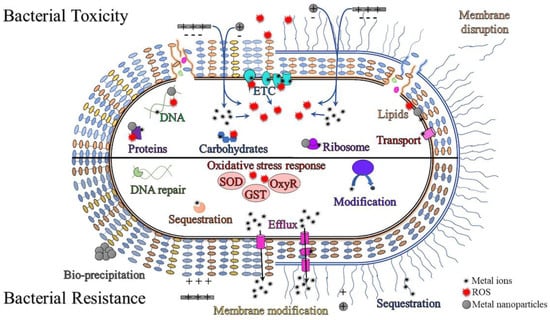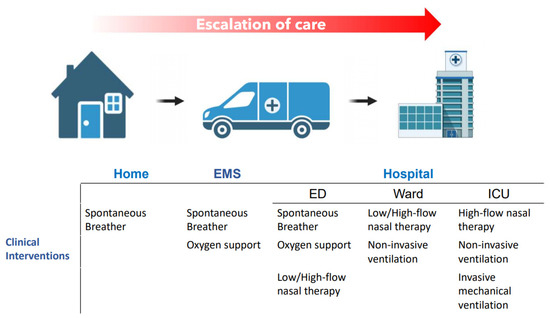Antibiotics 2021, 10(5), 475; https://doi.org/10.3390/antibiotics10050475 - 21 Apr 2021
Cited by 16 | Viewed by 4742
Abstract
This retrospective, multicenter observational study aimed to describe the outcomes of surgical and medical treatment of C. acnes-related prosthetic joint infection (PJI) and the potential benefit of rifampin-based therapies. Patients with C. acnes-related PJI who were diagnosed and treated between January
[...] Read more.
This retrospective, multicenter observational study aimed to describe the outcomes of surgical and medical treatment of C. acnes-related prosthetic joint infection (PJI) and the potential benefit of rifampin-based therapies. Patients with C. acnes-related PJI who were diagnosed and treated between January 2003 and December 2016 were included. We analyzed 44 patients with C. acnes-related PJI (median age, 67.5 years (IQR, 57.3–75.8)); 75% were men. The majority (61.4%) had late chronic infection according to the Tsukayama classification. All patients received surgical treatment, and most antibiotic regimens (43.2%) included β-lactam. Thirty-four patients (87.17%) were cured; five showed relapse. The final outcome (cure vs. relapse) showed a nonsignificant trend toward higher failure frequency among patients with previous prosthesis (OR: 6.89; 95% CI: 0.80–58.90) or prior surgery and infection (OR: 10.67; 95% IC: 1.08–105.28) in the same joint. Patients treated with clindamycin alone had a higher recurrence rate (40.0% vs. 8.8%). Rifampin treatment did not decrease recurrence in patients treated with β-lactams. Prior prosthesis, surgery, or infection in the same joint might be related to recurrence, and rifampin-based combinations do not seem to improve prognosis. Debridement and implant retention appear a safe option for surgical treatment of early PJI.
Full article
(This article belongs to the Special Issue Prosthetic Joint Infection: The Challenges of Prevention, Diagnosis and Treatment and Opportunities for Future Research)
►
Show Figures




